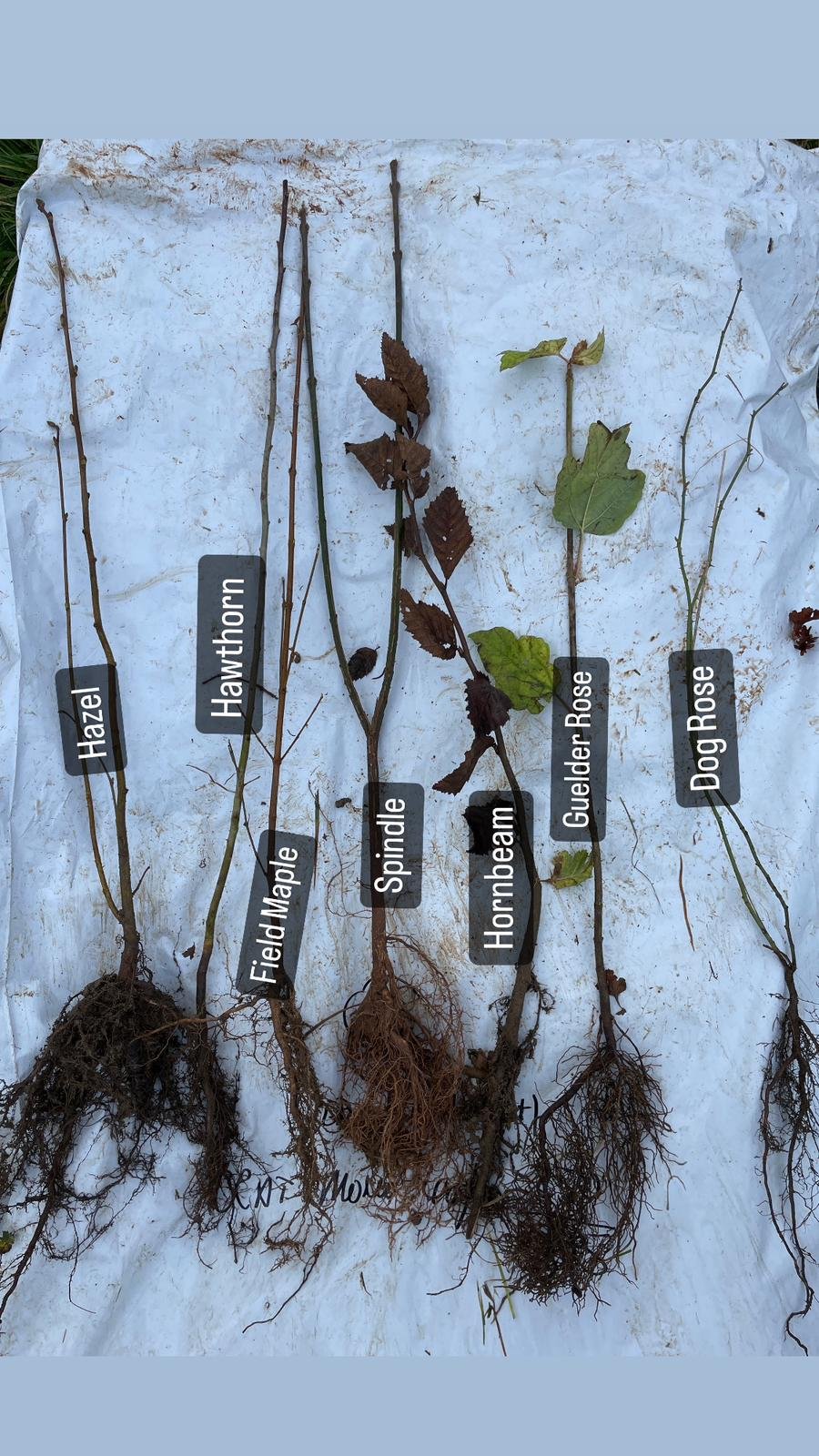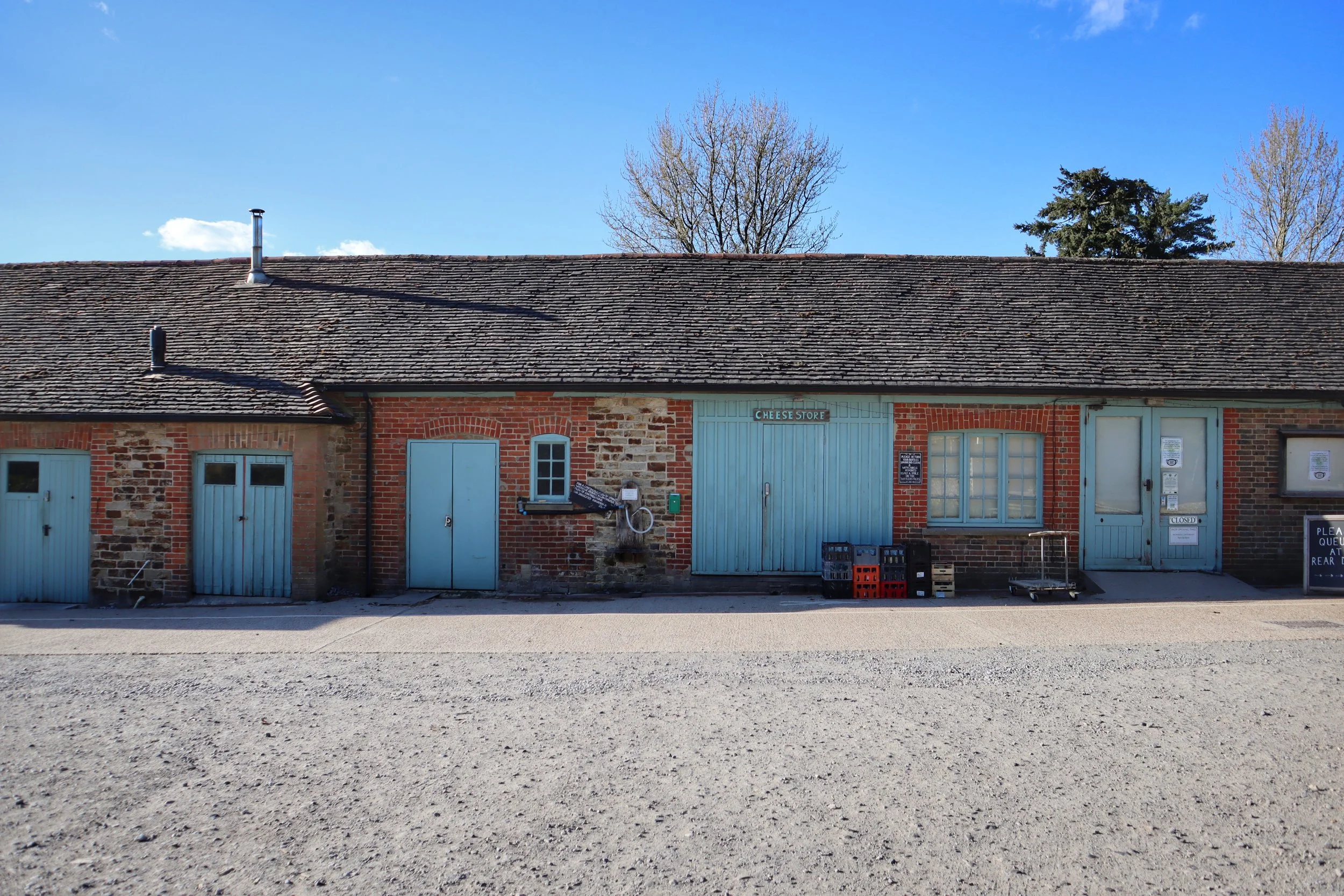A new hedge
GALA BAILEY-BARKER
In the weeks leading up to Christmas I collected 400 bareroot trees and 1400 bareroot hedge plants from English Woodlands in Heathfield along with 400 tree guards. We were hoping to start planting in November, but it was such a warm autumn the plants didn’t go dormant until early December. We managed to get all the 140m hedge and nearly all of the trees in before Christmas. Huge thanks to the garden team for their help as it would not have happened without them!
Last week I went to check on the trees and new hedge. A few hedge plants had been nibbled so I rang up and ordered 1400 guards to put on the hedge plants. I was really hoping we could avoid putting guards on as they are a total pain to take off but needs must, we couldn’t lose all the work we had put in to fencing and planting the hedge. The garden team again stepped in to put the guards on and are now working on mulching it with wool from the sheep. This helps not only to keep moisture in the soil but suppresses the grass a little in the first year while the plants get established.
Along the hedge are planted trees: birch, rowan, wild cherry and oak to grow. Hopefully within a few years the faster growing species will provide some shade for the animals. The hedge includes hawthorn, hazel, guelder rose, field maple, spindle and dog rose. Planting in the mud was challenging but the vision of what the hedge will become and what it will add to the biodiversity on the farm kept us all going. What a gift in a time of such uncertainty to take action that so visibly and relatively quickly will have a positive impact.
Now we are on to the business of managing our existing hedges. We’ve managed to get funding to help pay for me to lay the hedge that sits along the bottom of Lower 16 and for the garden to coppice part of their hedge. These are two ways of rejuvenating hedges. Coppicing can look quite extreme as each stem is cut very low to the ground, but each stump will send up multiple new shoots and you end up with a lovely dense growth even in one year. So if you happen to be walking and see we have “cut down” a hedge fear not, it has been coppiced. We are only doing small sections of coppicing at a time to ensure plenty of habitat, flowers and berries remain for the birds, mammals, amphibians and insects that rely on them.
I’m very excited to finally be set to get my chainsaw licence in February which will really help me with hedge management particularly the coppicing!










